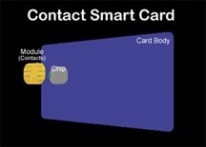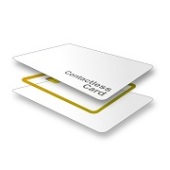by ASAP Partner, TXSystems
The term smart card is used frequently to describe many different types of cards in the marketplace. In recent years it has become a blanket term used to describe literally thousands of cards made by dozens of card manufacturers. If you are ever tasked with finding a smart card solution, the first and most important aspect of information that you need to attain is the type of smart card you need to find. Smart cards are divided into two main categories: Contact and Contactless Smart Cards
Contact Smart Cards
Contact smart cards are identified by a gold or silver chip that is visible on the card body. Much like a computer, this chip contains its own operating system, profile and card file structure that varies from application to application. These cards are named contact due to the fact that they physically need to be inserted into a card reader to make contact with a mechanism, for the most secure mode of encrypted communication.
Contactless Smart Cards
Contactless smart cards differ from contact, because the chip is not visible on the card. Instead the chip and chip’s antenna are embedded within the card body. The card is waved over an RFID reader instead of inserted like a contact card. When the contactless card passes through the specifically tuned RFID field, the antenna powers up the chip and relays the chips information to the application.
Dual Interface Card Readers
Many cards contain both contact and contactless technology. Often the contactless portion is used for building access, where as the contact portion is used for secure network access. These cards are typically called converged cards or dual interface cards.


